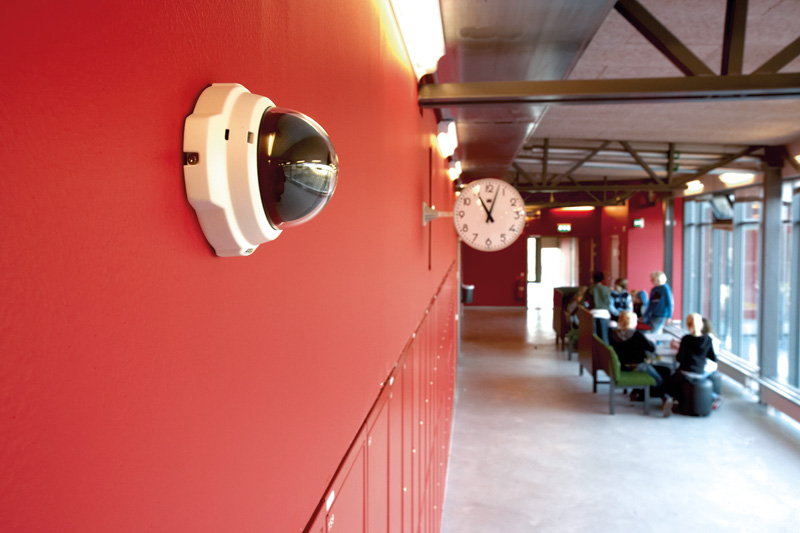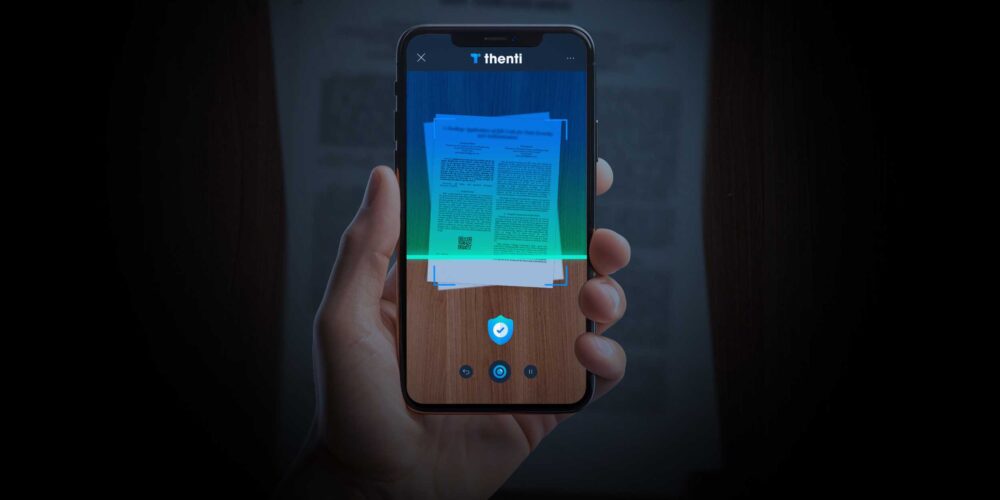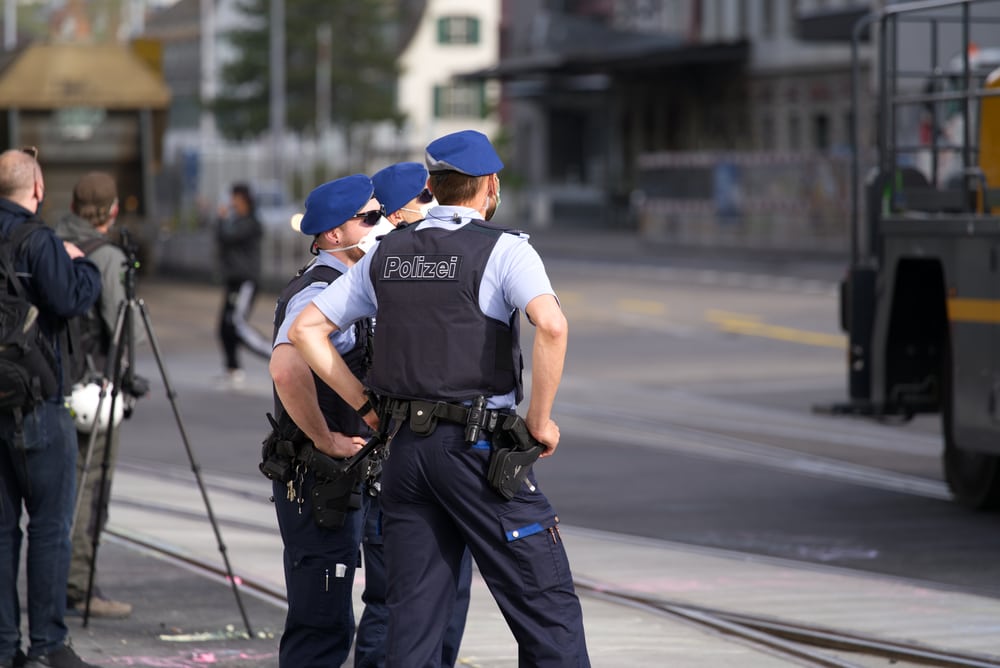Trends for planners, installers and architects
Safety technology has long been an integral part of a smart building. Specialist installers, planners and architects must therefore increasingly demonstrate technical expertise in the various trades. But the manufacturers themselves also have to rethink, because the new systems are based on common standards.

Nowadays, hardly any planner, installer or architect can ignore the topic of security technology. This is because access control, video surveillance and the like have now established themselves as an integral part of the smart building. The networked, intelligent house is in demand and the responsible building owners are well advised to take all aspects into account in advance in the planning. Standards are of great importance here.
Trend 1: Standards continue to gain importance
Digital solutions facilitate the networking of different systems with each other. These can communicate with each other on the basis of a TCP/IP network with standardized auxiliary and application protocols. Power over Ethernet (PoE) ensures the power supply. This facilitates the emergency power supply of the connected devices and saves the otherwise additionally required cable.
In the security sector, the open industry forum Onvif has been in existence since 2008 and has now grown to over 400 members. On this basis, standards for IP-based physical security products have been developed worldwide. Since 2013, the area of access control has also been integrated with Profile C. Standards will continue to gain in importance in 2017.
Trend 2: Video security system guide
For many building owners, the field of security technology is often uncharted territory. But well thought-out planning is central to ensuring that the system can subsequently achieve the desired results. In addition, there is also the consideration of data protection, since personal data can be collected through video surveillance.
With the publication of the application rules of DIN EN 62676-4:2016, the security industry agreed on an extension of the European EN 50132-7:2012, which created a global standard for video systems a few years ago. It will continue to play an important role in professional building design this year and in the years to come.
In general, the standard fulfills the following three aspects:
- Providing a framework to assist clients, installers, and users in creating their requirements.
- The support of technical planners and users in determining the appropriate plant components required for a given or desired application of the safety system.
- And providing the means to objectively evaluate the characteristics of a video security system.
Trend 3: BIM in 4D or 5D
Building Information Modeling (BIM) enables professional planners, installers and architects to calculate all possible aspects of a smart building already in the planning phase by means of 3D planning programs. While 3D representations are now commonplace, the trend in 2017 is clearly moving towards 4D and even 5D. A well-planned building also helps to keep within the estimated construction as well as maintenance costs. Here, among other things, the total cost of ownership concept plays a major role. In the long term, it is often more profitable to invest in more intelligent products that offer service and support than in products that are cheaper at first glance and incur extra costs for various services.
Trend 4: Cybersecurity
The last few months have made it clear: Protecting IT systems, whether it's the private PC at home, the smartphone, or even the networked home, is no longer optional for technology fans, but mandatory. Companies and end users alike must pay more attention than ever to the security of their network products. Planners and installers must consider how to protect their IT systems - both virtually and physically. The security of network products will not only be an issue in 2017, but will accompany all IT processes over a long period of time.
Conclusion
"It remains exciting for specialist installers, planners and architects, because more and more is expected of a smart building. Fortunately, there are also numerous positive developments in the market, such as the new DIN EN standard 62676-4 or the development of 3D and 4D programs. Manufacturers also have a great responsibility in the planning and use of video security technology and, if necessary, must support the specialist planners with planning tools, advice or even training offers," explains Jochen Sauer from Axis Communications.
Source: Axis









